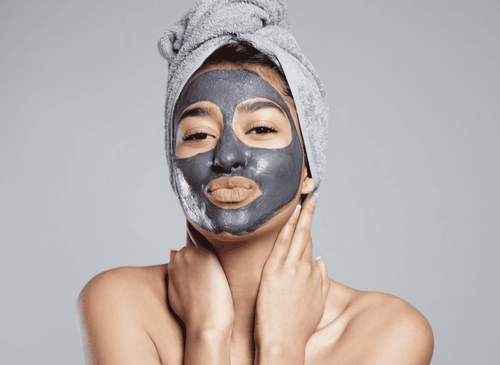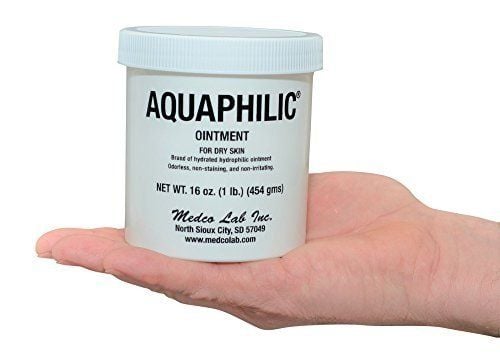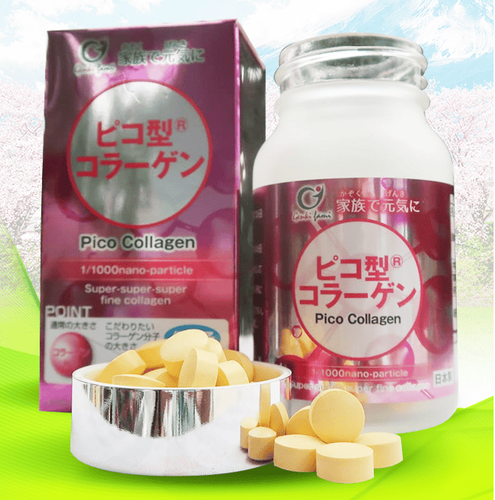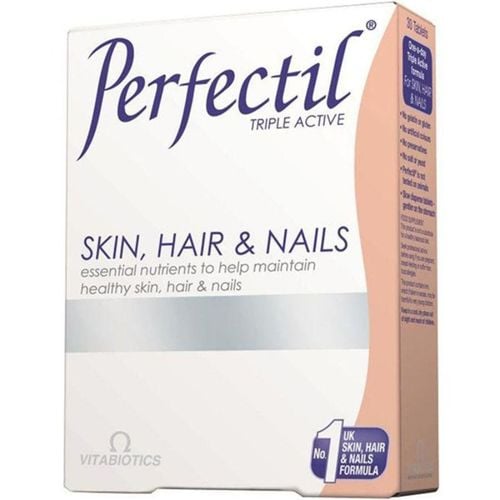This is an automatically translated article.
Turmeric is a plant native to Asia, it is a popular spice used in cooking and has many medicinal uses. Besides, turmeric is also used as skin care products and the most popular way to do it is to apply turmeric masks.
1. What are the benefits of a turmeric mask?
In addition to being used to spice and cure diseases, turmeric also has many beauty uses for the skin as follows:
1.1. Reducing inflammation Curcuminoids are an active compound in turmeric used to reduce inflammation in inflammatory arthritis. This anti-inflammatory effect also does a lot for our skin.
Turmeric may be beneficial with inflammatory skin diseases, such as psoriasis. However, more reliable studies are still needed to prove turmeric's anti-inflammatory effects on the skin.
1.2. Antibacterial properties Turmeric can prevent and treat skin diseases caused by bacteria such as cystic acne and staph infections. Even so, any infection needs to be checked and correctly identified by a doctor before any treatment is applied.
1.3. Acne Treatment With its anti-inflammatory abilities, turmeric is very helpful in treating acne. Bacteria such as Cutibacterium acnes (formerly known as Propionibacterium acnes) are responsible for the inflammatory lesions of acne.
A 2017 study tested turmeric extracts in different solvents (such as water, ethanol, hexane, and dichloromethane). After measuring the antioxidant effects, the researchers found that the combination of dichloromethane and turmeric extract could help fight acne. Besides, applying turmeric mask can also limit the appearance of acne scars.
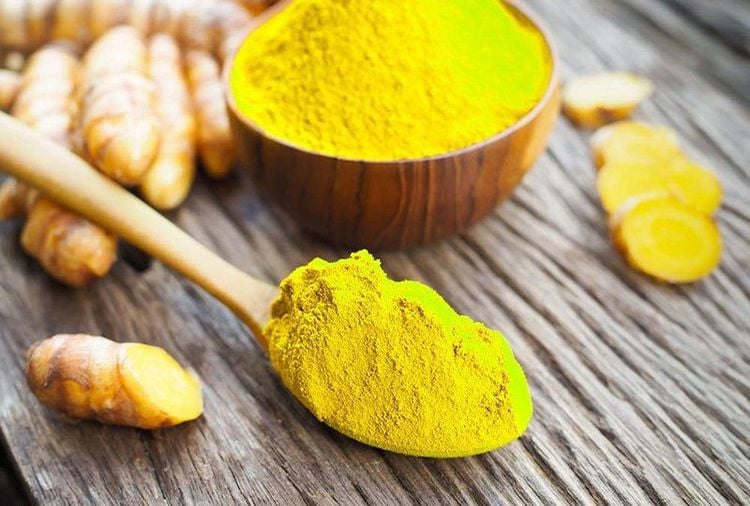
Chiết xuất từ nghệ giúp hạn chế viêm và tổn thương do mụn trứng cá
1.4. Antioxidant capacity Turmeric is rich in antioxidants. When it comes to skin care, antioxidants are effective in preventing free radicals from destroying healthy skin cells. This helps to prevent risk factors for hyperpigmentation, scarring, and other skin problems.
It is even suggested that using turmeric in combination with other healthy lifestyle habits can reduce the risk of skin cancer, but this needs more clinical research.
1.5. Reduces Hyperpigmentation Studies on the effectiveness of turmeric in preventing hyperpigmentation have been performed. If the patient has patches of skin that are darker than the surrounding normal skin, it is hyperpigmentation.
One of the studies showed that turmeric cream reduced hyperpigmentation by 14% if used over the course of 4 weeks.
1.6. Reduces Skin Irritation When used topically such as topically or as a mask, turmeric can reduce skin irritation. Several studies have shown that curcuminoids are compounds capable of reducing irritation in breast cancer treatments.
1.7. Wrinkle Treatment and Prevention Several reliable studies have suggested turmeric as a treatment for wrinkles and crow's feet in the skin. The effects of turmeric help improve the overall appearance of skin texture, which in turn can make wrinkles less noticeable.
SEE ALSO: Does turmeric have a skin-beautifying effect?
2. What are the side effects of turmeric masks?
Science has proven turmeric to be a safe product when taken orally or used topically. In the field of skin care, applying a turmeric mask is said to be free of serious side effects. However, users should test the mask before use, especially at the first time applying to the skin. Plant-based masks like turmeric can still cause reactions in some users.
To test the safety, you first make a turmeric mask according to a preset recipe and then apply a small amount of the mixture to your arm before applying it to your face. Continue, check that area of skin after at least 1 day, if there is no reaction, users can rest assured to apply the turmeric mask on their face. In contrast, absolutely do not apply a turmeric mask when there is a red, swollen or itchy skin in that area.
When making a turmeric mask at home, you should pay attention to the following issues:
Similar to other homemade masks, making your own turmeric mask at home can be very complicated and time consuming ; Turmeric can stain skin and clothes, so users need to be extra careful when mixing turmeric according to their own recipes. MORE: Can Turmeric Help Fight Eczema?
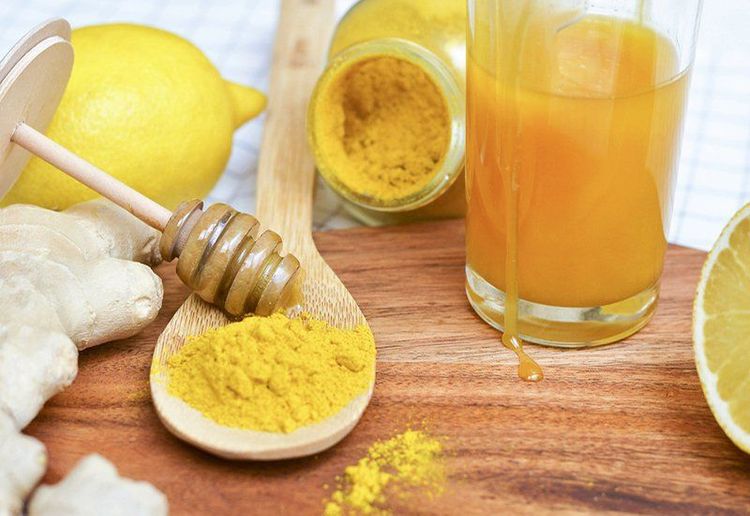
Mặt nạ từ nghệ thường lành tính và không gây ra tác dụng phụ
3. How to make turmeric mask at home
Turmeric mask recipe is to combine starch or turmeric extract with thickener to form a paste. In addition, some other ingredients may vary depending on the skin type of the person applying it:
For acne skin and skin with high antibacterial requirements, users should combine turmeric with warm water and honey; For hyperpigmentation and wrinkles, a mask that combines turmeric, yogurt and lemon juice is a reasonable choice. So how many times a week do you apply yogurt turmeric mask? To nourish and brighten the skin, users should apply the mask 2-3 times per week is enough; For irritated skin, mixing turmeric extract with aloe vera gel will help to naturally soothe facial skin; If applying a mask for antioxidant purposes, users only need to combine turmeric with water (or add a small amount of almond or rice flour to make the mask thicker and easier to apply). Regardless of the recipe, users should apply a turmeric mask for about 10 minutes. Then rinse thoroughly with warm water, apply toner, serum and moisturizer as required.
Avoid overnight masking as turmeric tends to yellow (especially if you have fair skin). In case the skin is stained by turmeric, you can try washing your face with milk.
If you are looking for a natural face mask to help relieve anxiety related inflammation and irritation, then a homemade turmeric face mask is an option worth considering.
Like other skin care remedies, applying a turmeric face mask can take some time to see full results, so it's important that users stick with it for a minimum of a few days. the week.
Please dial HOTLINE for more information or register for an appointment HERE. Download MyVinmec app to make appointments faster and to manage your bookings easily.
References: healthline.com, marieclaire.com, medicalnewstoday.com




